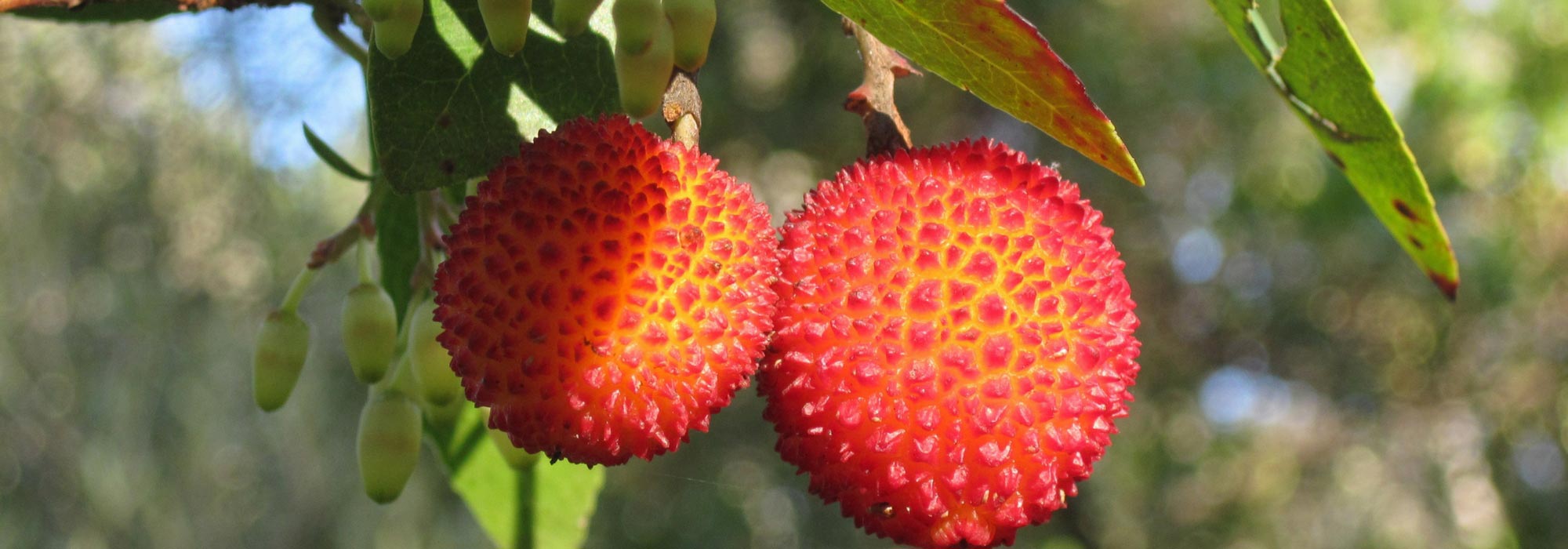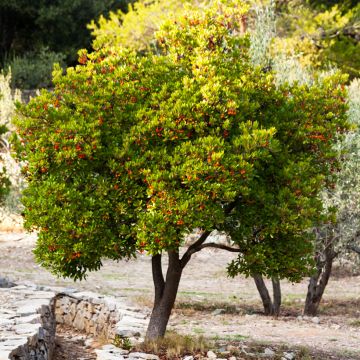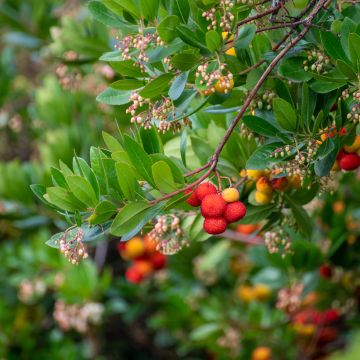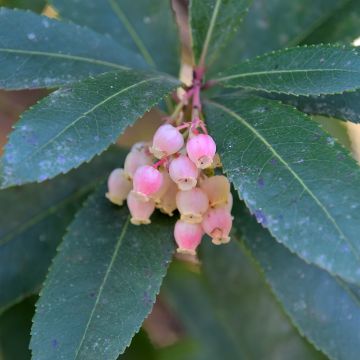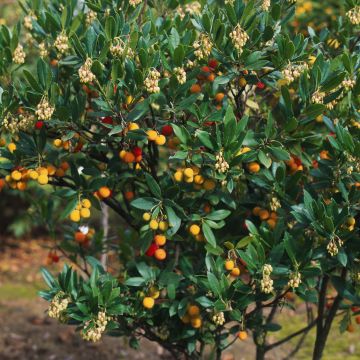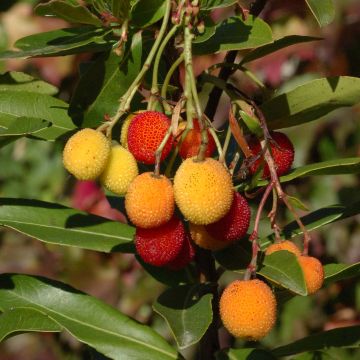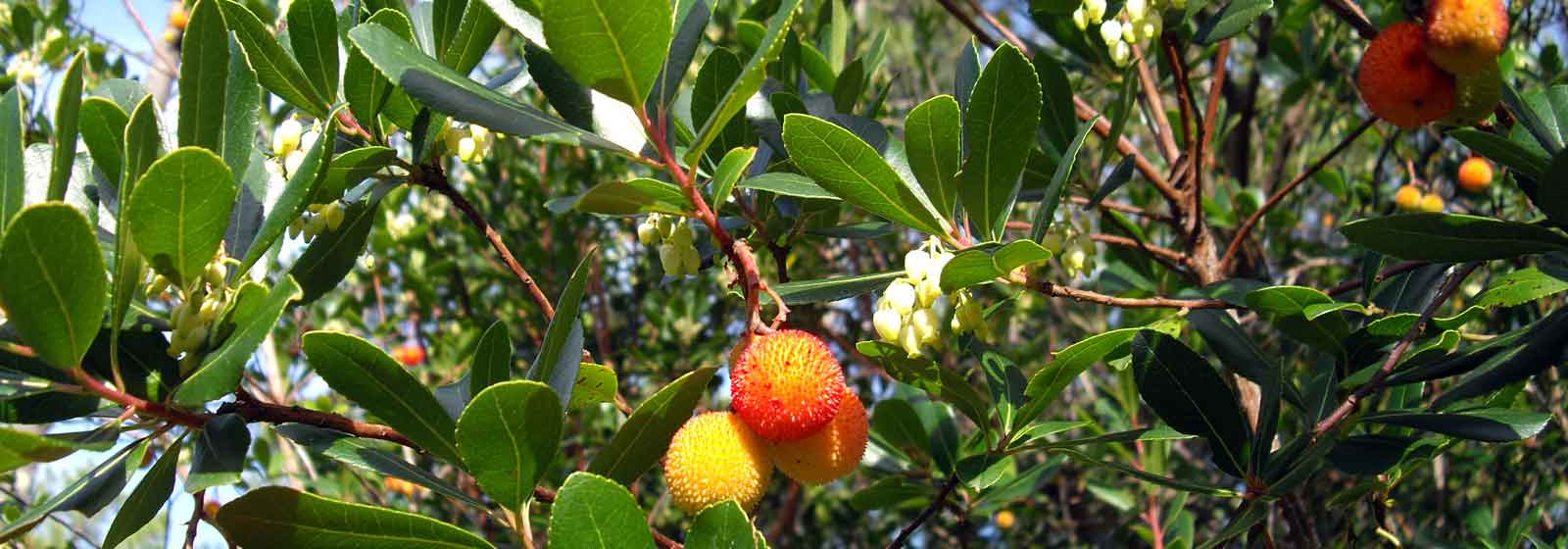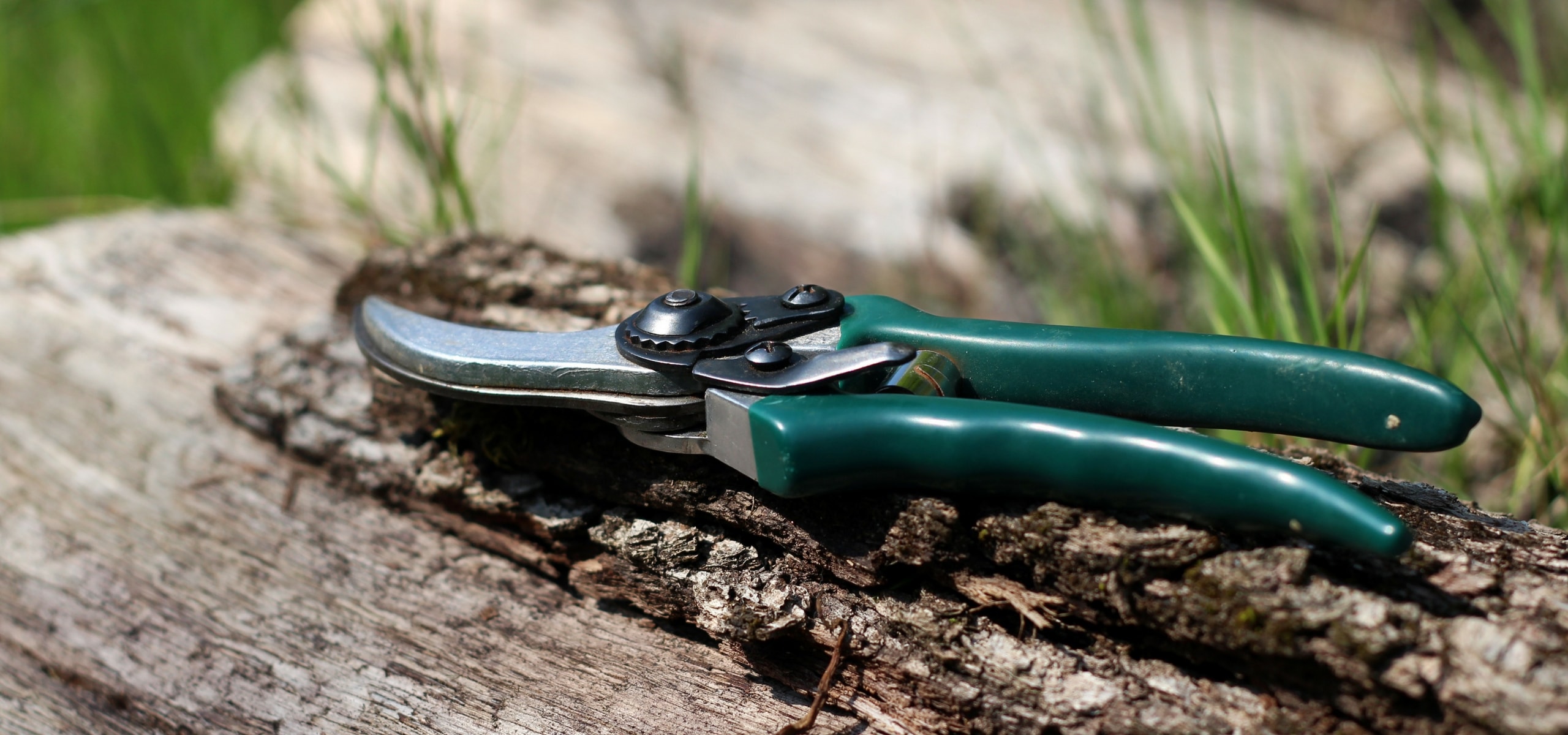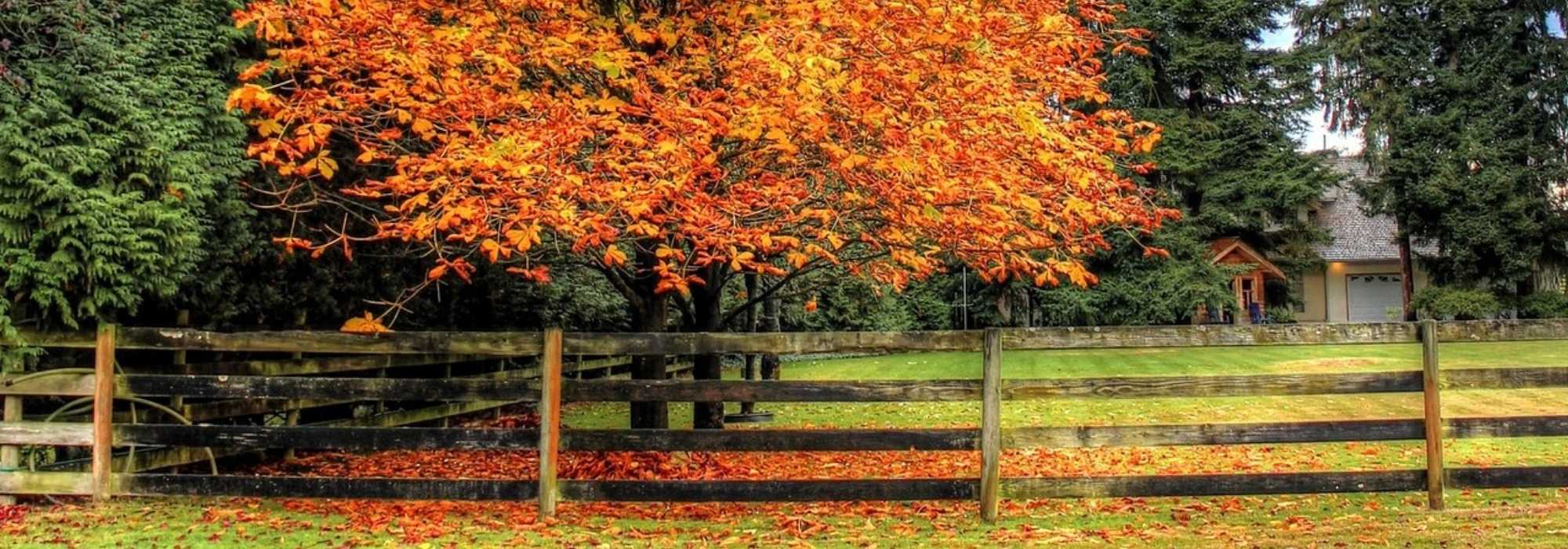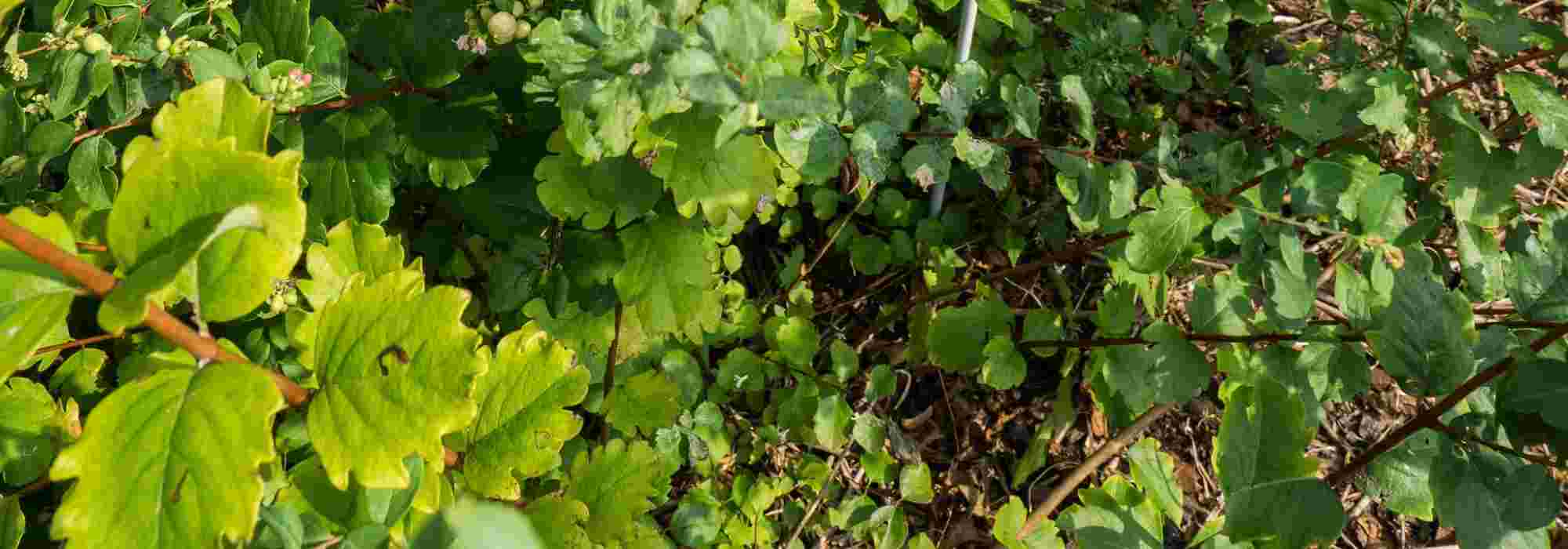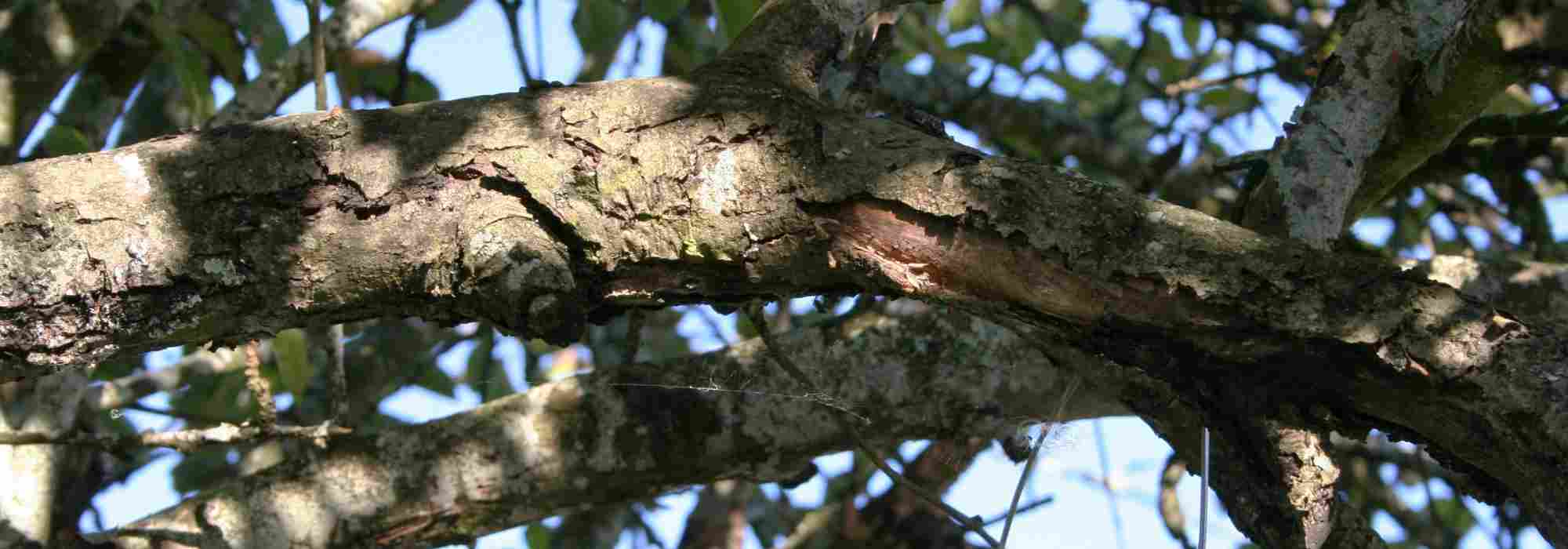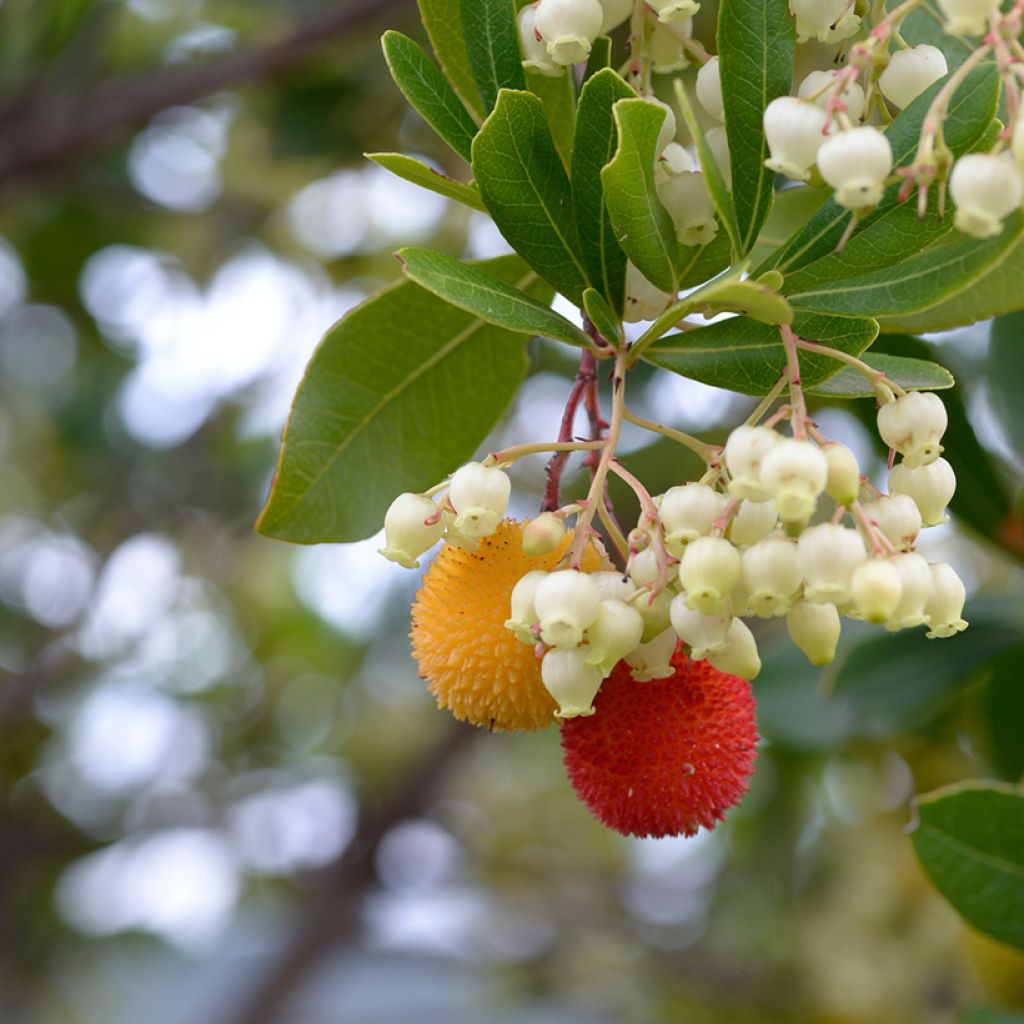

Arbutus unedo seeds - Strawberry tree
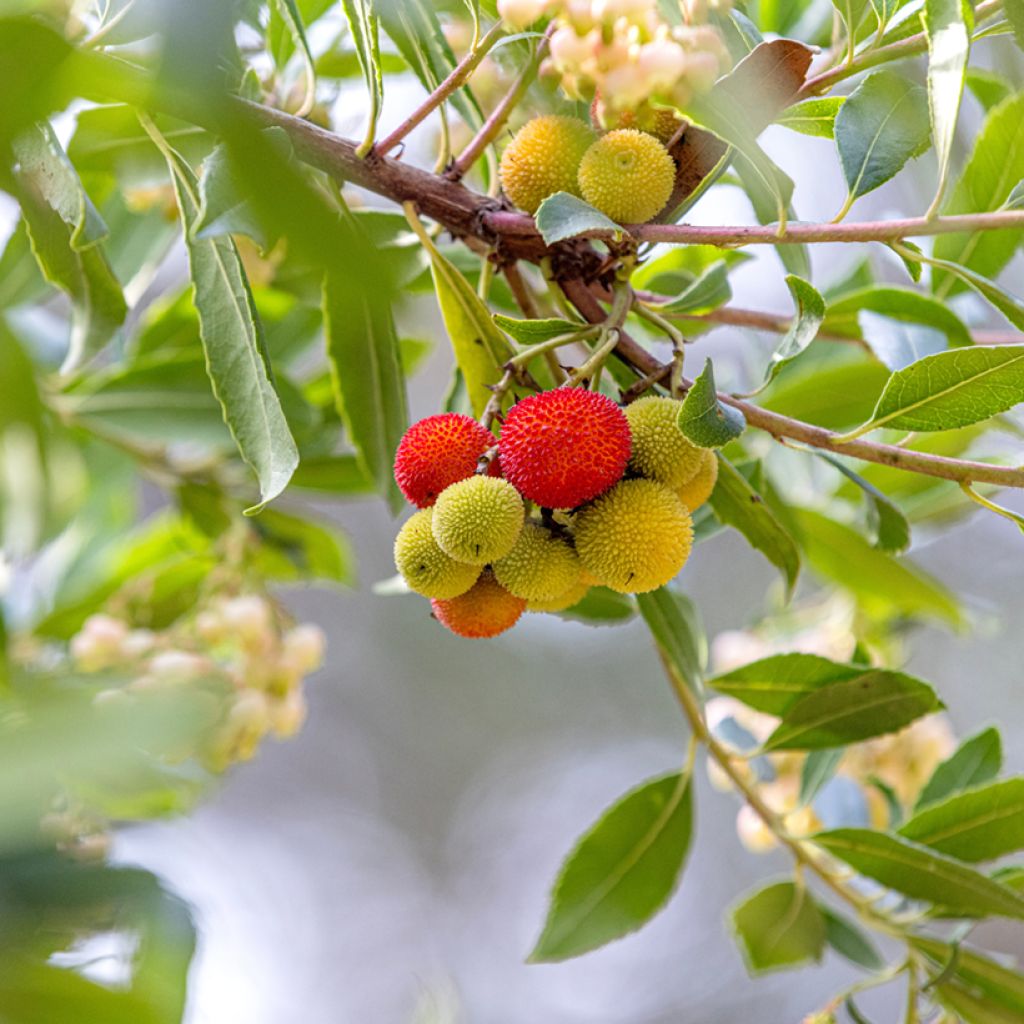

Arbutus unedo seeds - Strawberry tree
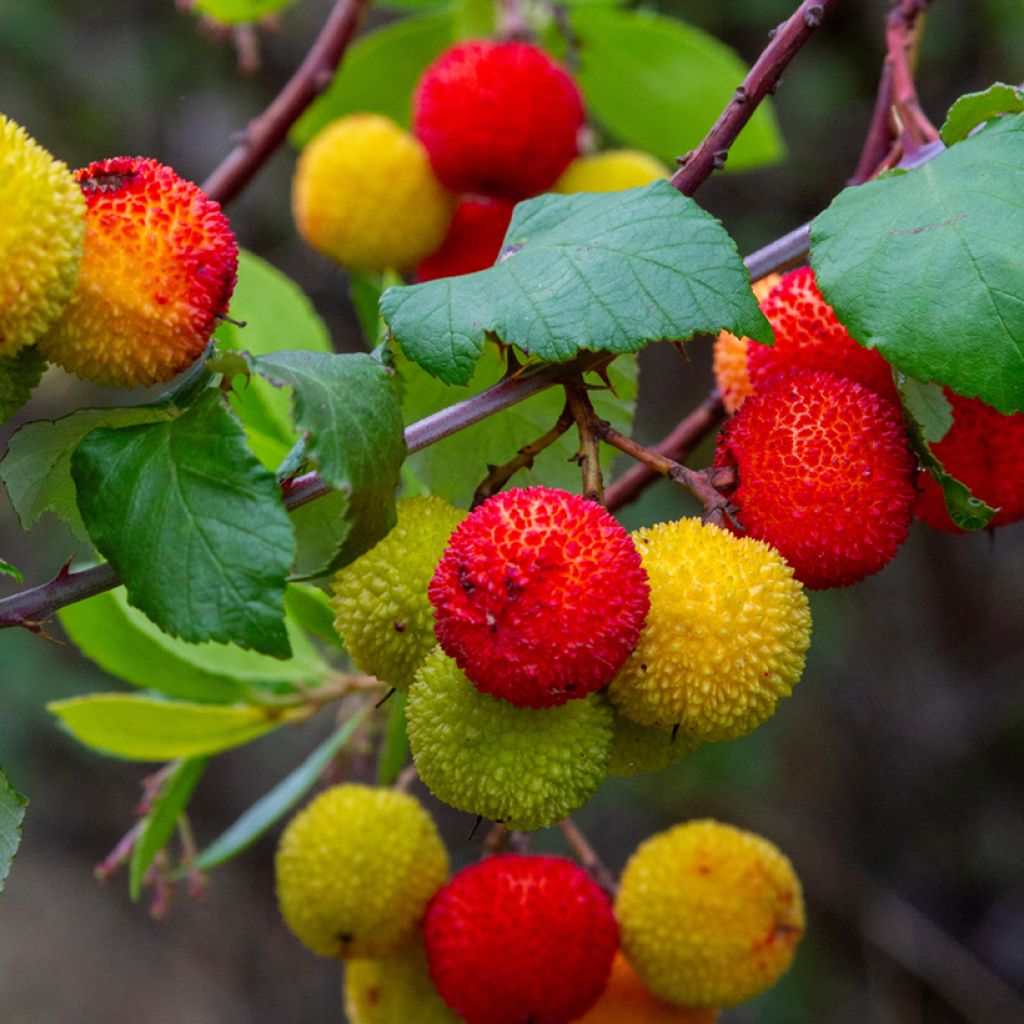

Arbutus unedo seeds - Strawberry tree
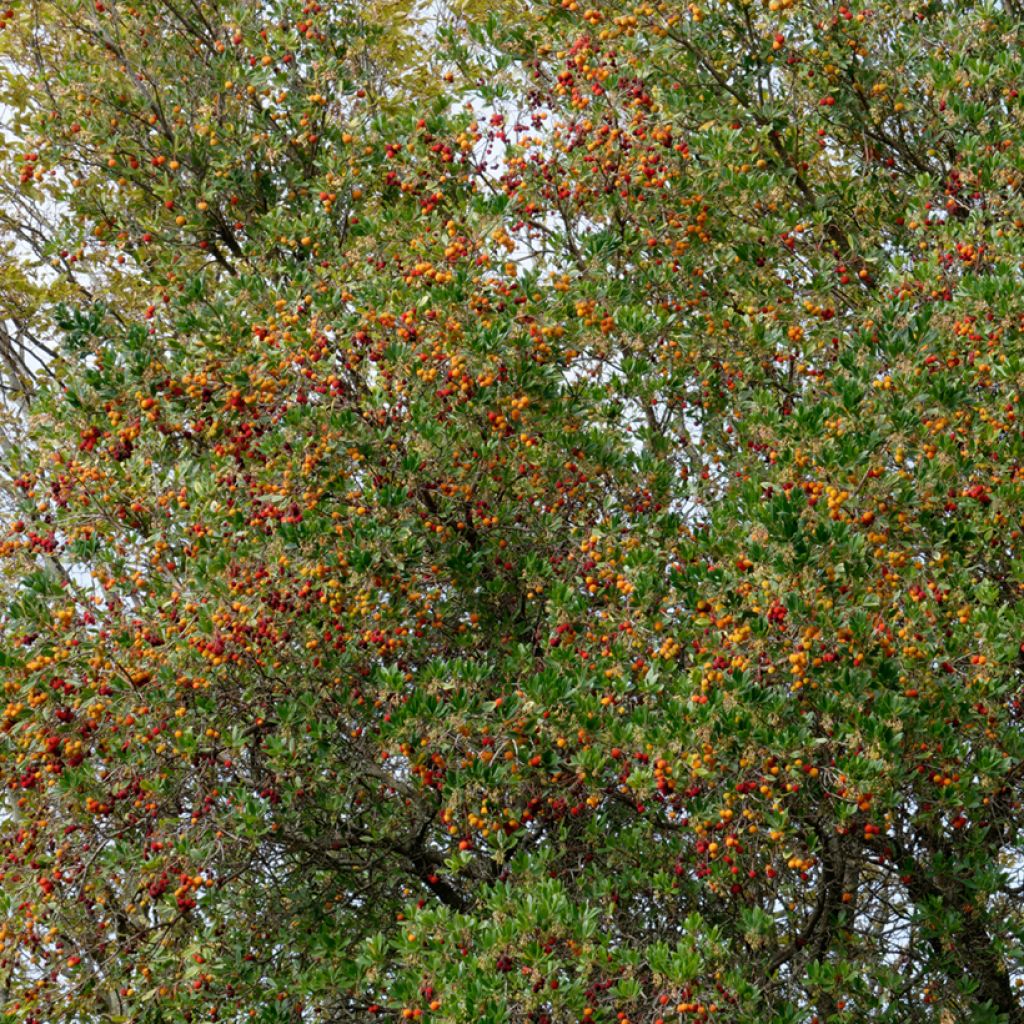

Arbutus unedo seeds - Strawberry tree
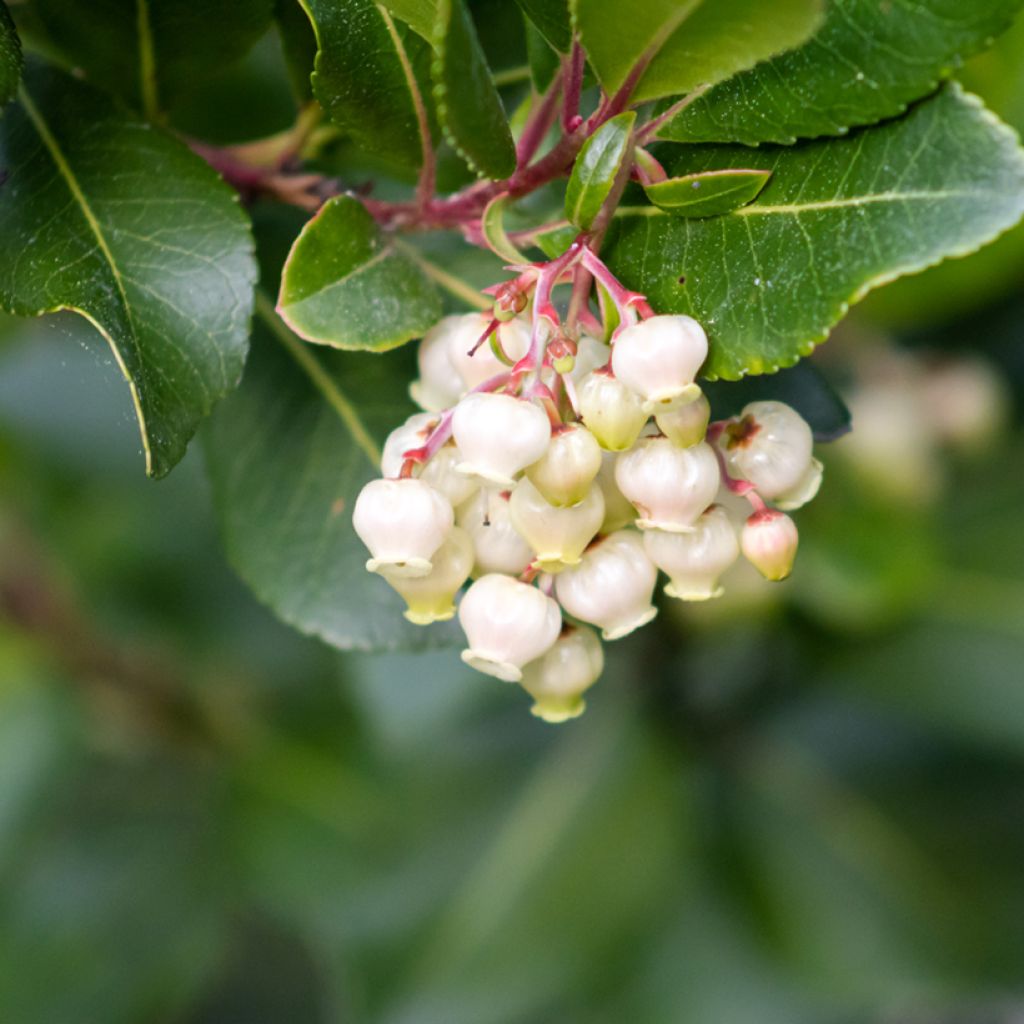

Arbutus unedo seeds - Strawberry tree
Arbutus unedo seeds - Strawberry tree
Arbutus unedo
Strawberry tree, Madrone
Special offer!
Receive a €20 voucher for any order over €90 (excluding delivery costs, credit notes, and plastic-free options)!
1- Add your favorite plants to your cart.
2- Once you have reached €90, confirm your order (you can even choose the delivery date!).
3- As soon as your order is shipped, you will receive an email containing your voucher code, valid for 3 months (90 days).
Your voucher is unique and can only be used once, for any order with a minimum value of €20, excluding delivery costs.
Can be combined with other current offers, non-divisible and non-refundable.
Home or relay delivery (depending on size and destination)
Schedule yourself the delivery date,
and choose your date in cart
This plant benefits a 6 months rooting warranty
More information
We guarantee the quality of our plants for a full growing cycle, and will replace at our expense any plant that fails to recover under normal climatic and planting conditions.
Does this plant fit my garden?
Set up your Plantfit profile →
Description of Arbutus unedo seeds - Strawberry tree
Arbutus unedo, commonly known as the strawberry tree, is a small tree that is both ornamental and useful, deserving a prime spot in gardens that aren't too cold. Its name comes from its round, red fruits, resembling strawberries, though they have a rather bland flavour and a surprisingly granular texture. Its elegant and nectar-rich autumn flowering consists of small white to pink bell-shaped flowers, similar to those of lily of the valley, which appear from late August.
The strawberry tree belongs to the Ericaceae family, just like heathers and ericaceous bushes. Native to the Mediterranean basin and the Atlantic regions of Western Europe, it grows naturally on rocky, well-drained soils in southern France, the Iberian Peninsula, and even as far as Ireland, where it adapts to temperate climates. Arbutus unedo is particularly appreciated in winter for its dense, evergreen foliage. Its elliptical, alternate leaves, finely toothed along the edges, measure 6 to 9 cm in length. Dark green and glossy on top, they contrast with its reddish young shoots. Its trunk and branches are covered in reddish-brown bark that peels into thin strips with age, creating a decorative texture, especially visible in winter. From late August, a nectar-rich flowering adorns the bush with pendulous clusters of small white to pink bell-shaped flowers. These flowers, resembling those of lily of the valley, attract bees and other pollinators, enhancing garden biodiversity. Flowers and berries at different stages of ripening coexist on the tree, creating a charming multicoloured display. In the wild, some birds that eat the berries help reseed the strawberry tree here and there. A year after flowering, the flowers give way to fruits that start green, turn yellow, and then become bright red when ripe. These round, 2 to 3 cm diameter, round berries are covered in small bumps and look like strawberries, hence the bush's common name. They are edible with a sweet and slightly tangy flavour, though their granular texture may be surprising. They can be used to make jams, jellies, liqueurs, or even pastries.
Hardy down to -15°C, the strawberry tree adapts well to mild oceanic and Mediterranean climates. It thrives in well-drained, slightly acidic to neutral soil and tolerates both full sun and partial shade. Its growth is slow but steady, reaching between 3 and 5 metres in height, or even more under favourable conditions. Since the strawberry tree doesn’t transplant well, it’s essential to choose its location carefully from the start.
Arbutus unedo seeds - Strawberry tree in pictures




Flowering
Foliage
Plant habit
Botanical data
Arbutus
unedo
Ericaceae
Strawberry tree, Madrone
Mediterranean
Other Arbutus - Strawberry tree
View All →Planting of Arbutus unedo seeds - Strawberry tree
Growing strawberry trees from seed requires patience and some precautions, particularly due to the dormancy of the seeds, which are not always fresh when sold in packets. To maximise germination, it is essential to stratify them before sowing.
First and foremost, it is recommended to soak the seeds in lukewarm water for 24 to 48 hours to soften their casing and remove any that float, as these are often non-viable. Once this step is completed, cold stratification is essential to break their dormancy. For this, the seeds should be placed in damp sand or a mixture of turf and vermiculite, then sealed in a perforated plastic bag or an airtight container. Store this container in the refrigerator, between 2 and 5°C, for 6 to 8 weeks. It is important to regularly check that the substrate remains slightly moist.
Once stratification is complete, the seeds can be surface-sown in a tray filled with a light, well-drained, slightly acidic substrate, composed of seed compost, sand and perlite. They should only be covered with a thin layer of substrate (1 to 2 mm maximum), then gently watered by misting to avoid displacing them. The tray should be placed under shelter, in a bright environment but without direct sunlight, at a temperature between 18 and 22°C. Maintaining constant humidity is crucial, without saturating the substrate. Using a propagator or transparent plastic bag can help create a favourable microclimate. Germination can be slow and irregular, taking from 1 to 6 months depending on the freshness of the seeds and growing conditions.
When the young plants have developed two to three well-formed leaves, they can be carefully transplanted into deep individual pots filled with a light mixture. They should be gradually hardened off before planting out, preferably the following spring. It is essential to choose their location carefully from the outset, as strawberry trees tolerate transplanting poorly once established.
When to sow?
Where to plant?
Planting & care advice
This item has not been reviewed yet; be the first to leave your review about it.
You have not found what you were looking for?
Hardiness (definition)

Photo Sharing Terms & Conditions
In order to encourage gardeners to interact and share their experiences, Promesse de fleurs offers various media enabling content to be uploaded onto its Site - in particular via the ‘Photo sharing’ module.
The User agrees to refrain from:
- Posting any content that is illegal, prejudicial, insulting, racist, inciteful to hatred, revisionist, contrary to public decency, that infringes on privacy or on the privacy rights of third parties, in particular the publicity rights of persons and goods, intellectual property rights, or the right to privacy.
- Submitting content on behalf of a third party;
- Impersonate the identity of a third party and/or publish any personal information about a third party;
In general, the User undertakes to refrain from any unethical behaviour.
All Content (in particular text, comments, files, images, photos, videos, creative works, etc.), which may be subject to property or intellectual property rights, image or other private rights, shall remain the property of the User, subject to the limited rights granted by the terms of the licence granted by Promesse de fleurs as stated below. Users are at liberty to publish or not to publish such Content on the Site, notably via the ‘Photo Sharing’ facility, and accept that this Content shall be made public and freely accessible, notably on the Internet.
Users further acknowledge, undertake to have ,and guarantee that they hold all necessary rights and permissions to publish such material on the Site, in particular with regard to the legislation in force pertaining to any privacy, property, intellectual property, image, or contractual rights, or rights of any other nature. By publishing such Content on the Site, Users acknowledge accepting full liability as publishers of the Content within the meaning of the law, and grant Promesse de fleurs, free of charge, an inclusive, worldwide licence for the said Content for the entire duration of its publication, including all reproduction, representation, up/downloading, displaying, performing, transmission, and storage rights.
Users also grant permission for their name to be linked to the Content and accept that this link may not always be made available.
By engaging in posting material, Users consent to their Content becoming automatically accessible on the Internet, in particular on other sites and/or blogs and/or web pages of the Promesse de fleurs site, including in particular social pages and the Promesse de fleurs catalogue.
Users may secure the removal of entrusted content free of charge by issuing a simple request via our contact form.
The flowering period indicated on our website applies to countries and regions located in USDA zone 8 (France, the United Kingdom, Ireland, the Netherlands, etc.)
It will vary according to where you live:
- In zones 9 to 10 (Italy, Spain, Greece, etc.), flowering will occur about 2 to 4 weeks earlier.
- In zones 6 to 7 (Germany, Poland, Slovenia, and lower mountainous regions), flowering will be delayed by 2 to 3 weeks.
- In zone 5 (Central Europe, Scandinavia), blooming will be delayed by 3 to 5 weeks.
In temperate climates, pruning of spring-flowering shrubs (forsythia, spireas, etc.) should be done just after flowering.
Pruning of summer-flowering shrubs (Indian Lilac, Perovskia, etc.) can be done in winter or spring.
In cold regions as well as with frost-sensitive plants, avoid pruning too early when severe frosts may still occur.
The planting period indicated on our website applies to countries and regions located in USDA zone 8 (France, United Kingdom, Ireland, Netherlands).
It will vary according to where you live:
- In Mediterranean zones (Marseille, Madrid, Milan, etc.), autumn and winter are the best planting periods.
- In continental zones (Strasbourg, Munich, Vienna, etc.), delay planting by 2 to 3 weeks in spring and bring it forward by 2 to 4 weeks in autumn.
- In mountainous regions (the Alps, Pyrenees, Carpathians, etc.), it is best to plant in late spring (May-June) or late summer (August-September).
The harvesting period indicated on our website applies to countries and regions in USDA zone 8 (France, England, Ireland, the Netherlands).
In colder areas (Scandinavia, Poland, Austria...) fruit and vegetable harvests are likely to be delayed by 3-4 weeks.
In warmer areas (Italy, Spain, Greece, etc.), harvesting will probably take place earlier, depending on weather conditions.
The sowing periods indicated on our website apply to countries and regions within USDA Zone 8 (France, UK, Ireland, Netherlands).
In colder areas (Scandinavia, Poland, Austria...), delay any outdoor sowing by 3-4 weeks, or sow under glass.
In warmer climes (Italy, Spain, Greece, etc.), bring outdoor sowing forward by a few weeks.






























